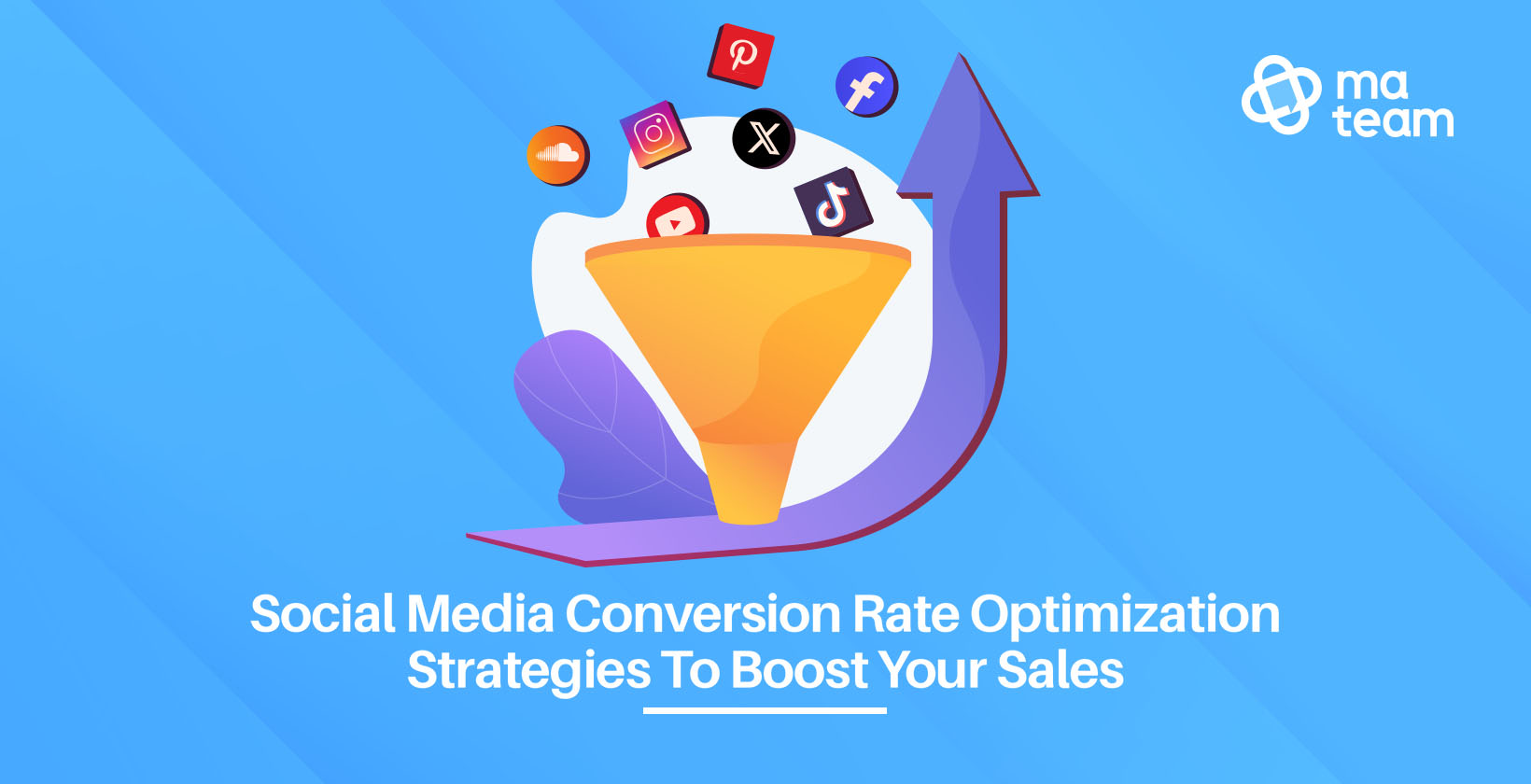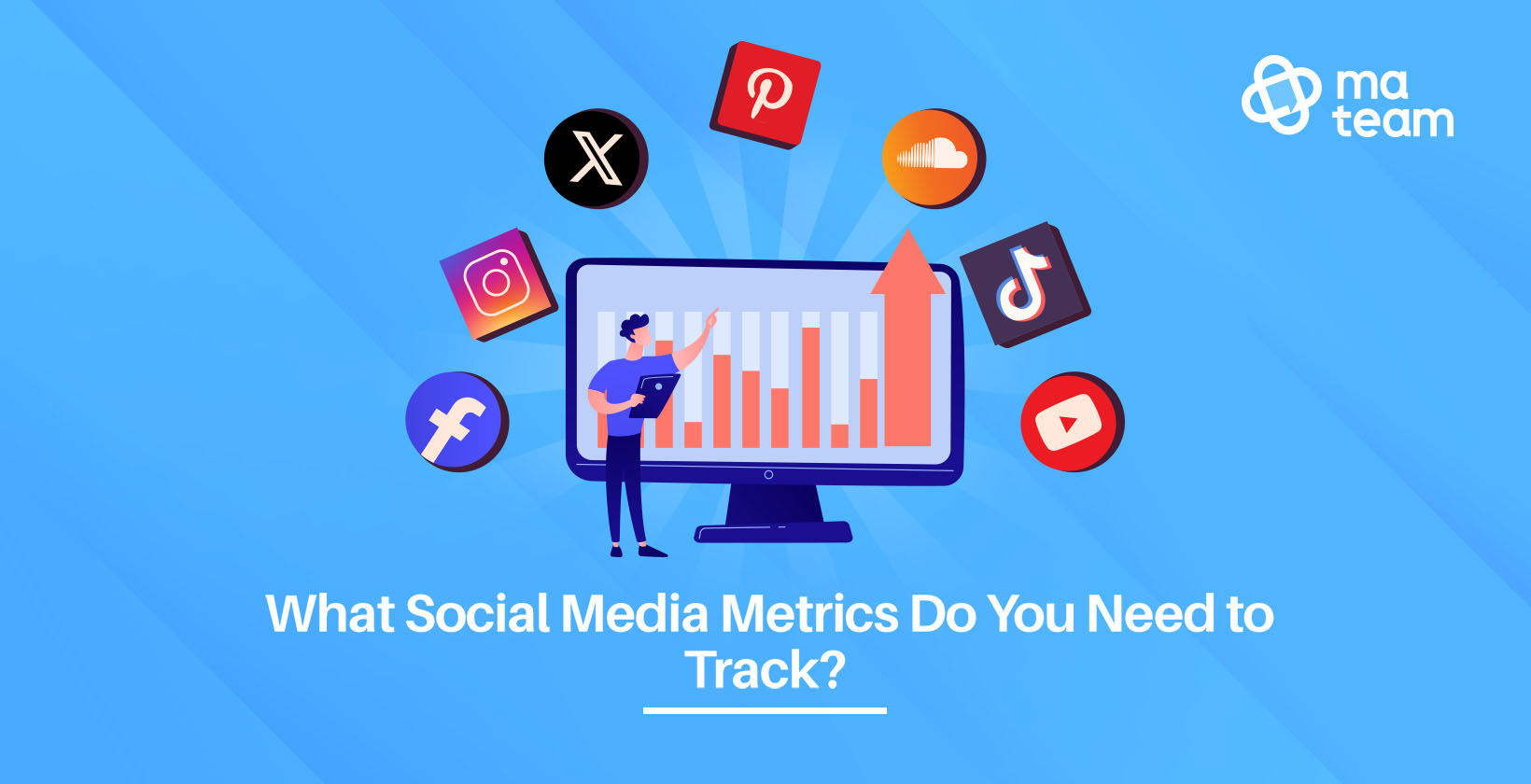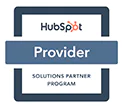Congratulations! Welcome to the business owners group. It is not going to be easy, but I assure you, it is well worth the try.
Many say that becoming a successful entrepreneur requires a lot of planning, calculations, guesswork, and luck. One thing is for sure. Your chances are much higher if you follow successful stories.
Some would argue that luck and timing are the most critical factors for success, but that is true only partially. Luck can give you a head start and little advantage over your competitors, but in the end, you need to be well organized when competition strikes.
Many great entrepreneurs would always put their bet on the organization over luck.
Knowing this is actually excellent for you and any new business that is just starting up. You can invest your time and money in the organization, but you can’t influence luck.
On the internet, you will find many articles about this topic, but they can be overwhelming for new business owners. Authors didn’t spare acronyms and fancy words that can only confuse you more in the process that is coming.
At the time of writing this article, I have 14 years of experience in marketing and organization. I will use knowledge from my past to try and write the complete checklist that every new and existing business owner should consider. Keep in mind that not every business is the same, and some of the things might not apply to you as they should for others.
Without further ado, let’s dive right into it. I will divide the checklist into 2 sections and a reminder so you can easily follow.
General:
- Choose the right name – I might be too late with this task, but I wanted to mention it anyway. It is essential to choose a name that is not highly competitive. This way you will save tons of money in your advertisements in the future. Make it short, meaningful, unique, but again, new. I know, it sounds hard, but remember, your great brand starts here.
- Know your product – You must know all about what you sell. This includes good and bad. Emphasize good and work on improving what is bad all the time.
- Build a plan – Every plan should be realistic and measurable. Make short and long term plans and track them frequently. They can always be adjusted if your numbers are above or below.
- Do “SWOT” Strengths, weaknesses, opportunities, and threats analysis – This will force you to do market research, but also to be prepared if a certain scenario comes. You should be able to ask yourself a question, what if?
- Do legal stuff – I am not going to go deep into this because this is different from country to country. In short, this is the place where you do legal stuff, open bank account, obtain EIN, VAT or other government numbers, gather permits, and so on…
- Create corporate identity – This is probably the starting point for many readers. Since this is a marketing and organization checklist, I will divide this item into many others below, but if you skipped any of the tasks above, I strongly recommend to do them as soon as possible.
- Company logo – Simple, but yet powerful logo that will remind users about your brand and products.
- Tag line – Make a clear statement of what you do in one sentence and use it with a brand logo all the time. For example: “MA team – Marketing services that can help your business grow.” Once your brand becomes recognizable, you can go with short tag lines.
- Trademark
- Business cards
- Company letterhead
- Brand your store – Interior, exterior or online store design must be unique and recognizable. The company logo should be visible. Once you are starting a business, it is recommended that you state what you do so people can see it clearly. Once you grow, you can afford black windows and just a logo like Nike, Apple, or other large brands.
- Email signatures – Any correspondence with clients and vendors should be consistent and always branded.
- Buy your internet address (domain name) – this is the URL that users will associate with your brand – www.mateam.net, for example.
- Setup email addresses using your new domain – You and your employees should always communicate over business email. Using public email addresses like Gmail, Outlook, or others for business purposes downgrades you in the eyes of your customers. Also, you do not have control over your employee’s inbox if they leave the company. You can use free hosting solutions or popular platforms like Gsuite or Office 365.
- Build a website – Write unique content to stand out from your competition. Read more about web design.
- Add website tracking codes – Install tools like Google Analytics, Google Tag Manager, Facebook Pixel, LinkedIn Pixel, and others. In the future, these can help you measure visitors and create campaigns.
- Optimize your website content for search engines(SEO) – Google, Bing, and other search engines have their rules of displaying your website. Making your website SEO friendly can only help you rank better.
- Open social media profiles – Identify what social media networks are essential for your business. Keep in mind, your customers must be able to find you where they expect you to be.
- Identify your customers – It is really important to know who are your customers. This will define your marketing approach. Spend a lot of time on this task since it will be following you for a long time.
- Determine market size – Based on your customer research, see how much should be spent on your product if all the users in need buy form your company.
- Identify your customer lifetime value – this is the value on how often will your customer need your product or service in his life.
- Price – Keep in mind that it is easy to give a discount and reduce your price, where increasing it is hard. Look at your competitors, calculate your costs, and do research on what users are willing to pay for your product.
- Talk benefits and not specifications – what your product does for the user and how you solve his problems will sell your product.
- Do frequent surveys – Ask your customers how hard it was for them to purchase your product or service. See where you can improve your customer satisfaction. Purchase products that your leading competitors are selling. See how the process was for you and see what you would improve and do it in your company.
- Organize your company – Make procedures for the future. Document every process, and for every employee. Update it frequently and keep it up to date. This way, even the transition between employees won’t affect the company much.
- Collaborate – Use tools to collaborate with colleagues on projects and set timelines for each task. Measure daily and react before you see the time breach, if possible.
- Know when to ask for professional help – This is a huge journey. At some point, you will most definitely need someone to guide you and help overcome some difficulties. It is essential to recognize this moment.
Marketing:
- Social media – Free but powerful instrument to reach and interact with your customers. Choose the right social media for your type of company and always keep them up to date. For social media see our SMM and PPC pages.
- Google Analytics – Keep track of your website visitors and do much more. Create retargeting lists of customers if you ever decide to run paid campaigns.
- List your business – Use Google, Bing, Yelp, and other free portals to list your business. Share your updates and try to get reviews. People are more likely to trust and shop in places with a high rating.
- Build a customer database – Many free CRM tools can help you run your business and automate your business flow. Collecting data from your customers will allow you to target them later with paid campaigns more efficiently. See HubSpot, Bitrix24,…
- Send emails – Email campaigns still have the highest response. All the participants already interacted with your brand. If you did an excellent service or sales job, they are familiar with your brand, and they are more likely to buy from you again.
- Keep your website up to date – Always! Add content, improve an old one. Your customers will love it.
- Make promotions – From time to time, do discounts. This is a reason to reach out to your old customers but also acquire new ones.
- On-demand content – Add forms providing something for their email in return. For example, “Free SEO checkup on sign up!”
- Track your communication – Use the Google URL generator (google tool that helps you add data to links you share). You will be able to know how many users opened an email, scanned QR code on business cards, catalogs, and so on.
- Follow up after purchase – Send text message asking users to rate their experience. Provide links so that they actually do it in fewest clicks possible.
- Create a loyalty program – Shoppers love to keep points and get free stuff.
- Remarket cart abandoners – using paid remarketing campaigns. For remarketing/retargeting see our Google advertising page.
- Recognize key customers – if your business relies on some customers more than others, identify them, and always keep satisfied.
- Web to lead – Use forms on your website, questionaries, surveys to generate leads out of any form submission. Do not forget to inform customers how you will use their data to comply with all the laws in your country.
- Follow job postings – If a company you are trying to convert to a customer has a job opening in your field of service, it might be a good time to contact them.
- Generate new leads – Paid advertising: Google, Facebook, Linkedin, and other ad platforms can help you generate new leads for your business.
- Design catalog – Product catalog or Company catalog can help you sell your products easier. See our Graphic Design page.
- Design banners – Communicate in pictures, many people prefer images over text. Social media is perfect for this way of communication.
- Design videos
- TXT messages – Birthday, promotional messages, reminders.
- Blog, Q&A, How-To – Depending on your business, these are significant traffic and SEO generators. Remember, the key is to write what people want to read and solve their problems. Talking about your product or service too soon will not bring readers.
- Telemarketing
For those who need to be reminded from time to time, like me, this activity and tool reminder might get handy.
Activities reminder:
Flyer, Brochure, Catalog design/print
Banner design/placement
Business cards design/print
Pens design/print
Mugs design/print
T-shirt design/print
Video explainer
Video Ads
Newsletter
Google Ads
Facebook Ads
LinkedIn Ads
Twitter Ads
Shopping Ads
Newspapers Ads
Radio Ads
TV Ads
Banner Ads
Website maintenance (content)
Event organization
Listing on popular directories
Point of sale material production
Mail Cards design/print
Holiday Cards design/print
Text messages campaign
Useful tools (startup friendly):
Google Analytics
Google Tag Manager
Google Search Console
HubSpot
Wave Apps
Bitrix24
Gsuite
Office 365
Yandex (free up to 1000 users)
Discord
Trello
Clockify
MailChimp
SendInBlue
To conclude this article, I will suggest some books that can help you on your path:
How to win friends and influence people – Dale Carnegie *One of the best books about human relations.
Marketing Secrets – Peter Spalton
I encourage you to take a look at the whole series of Collins Business Secrets. Not all will be useful to you, but they won’t hurt you either.
Iacocca: an autobiography – Lee Iacocca
The lean startup – Eric Ries
Good to great – Jim Collins
This will become a live document, and I will be updating it frequently. If you see any of this helpful, please share it with your friends or share your success story with us.






